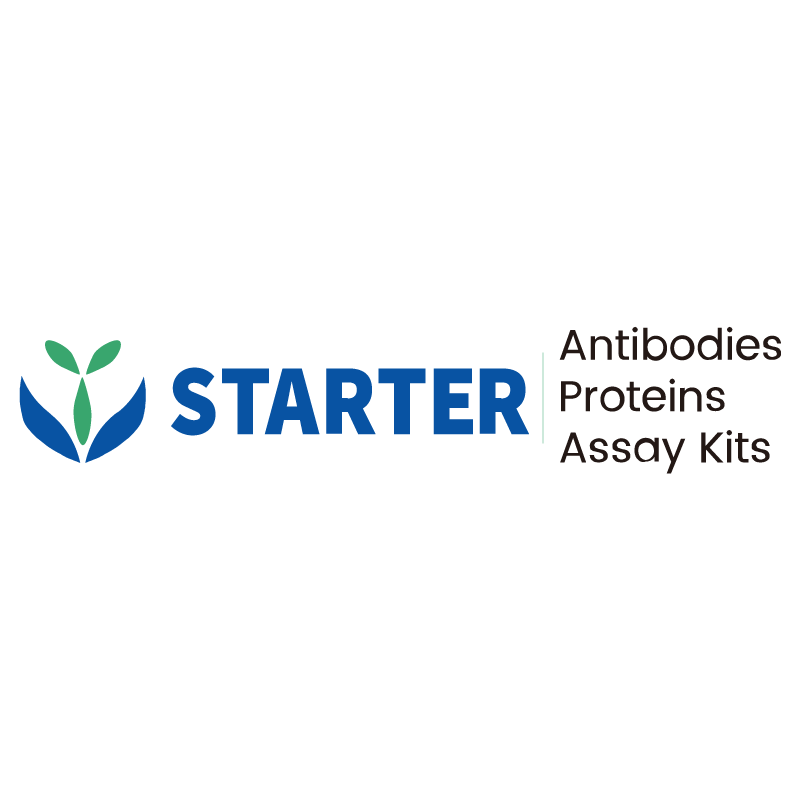Flow cytometric analysis of BALB/c mouse splenocytes labelling mouse CD3 antibody at 1/200 (1 μg) dilution/ (Right panel) compared with a Mouse IgG2a, κ Isotype Control / (left panel). Goat Anti-Mouse IgG Alexa Fluor® 488 was used as the secondary antibody. Then cells were stained with CD19 - Brilliant Violet 421™ antibody separately.
Product Details
Product Details
Product Specification
| Host | Mouse |
| Antigen | CD3 |
| Synonyms | T-cell surface glycoprotein CD3 zeta chain; T-cell receptor T3 zeta chain; Cd3z; Tcrz; Cd247 |
| Location | Cell membrane |
| Accession | P24161 |
| Clone Number | S-R446 |
| Antibody Type | Mouse mAb |
| Isotype | IgG2a,k |
| Application | FCM |
| Reactivity | Ms |
| Positive Sample | BALB/c mouse splenocytes |
| Purification | Protein G |
| Concentration | 2 mg/ml |
| Conjugation | Unconjugated |
| Physical Appearance | Liquid |
| Storage Buffer | PBS pH7.4 |
| Stability & Storage | 12 months from date of receipt / reconstitution, 2 to 8 °C as supplied |
Dilution
| application | dilution | species |
| FCM | 1:200 | Ms |
Background
CD3, also known as the cluster of differentiation 3, is a protein complex found on the surface of T cells, playing a crucial role in the immune system. It consists of four distinct chains: CD3γ, CD3δ, CD3ε, and CD3ζ. These chains form a complex that associates noncovalently with the T-cell receptor (TCR) to form the TCR complex, which is essential for recognizing antigens presented by major histocompatibility complex (MHC) molecules. When the TCR binds to an antigen-MHC complex, the CD3 complex transmits signals into the T cell, initiating a cascade of intracellular events that lead to T cell activation, proliferation, and differentiation. This process is vital for the immune response against pathogens and abnormal cells. CD3 is also involved in T cell development and maturation in the thymus. Given its central role in T cell function, CD3 is a key target in immunotherapy for diseases such as cancer and autoimmune disorders.
Picture
Picture
FC


